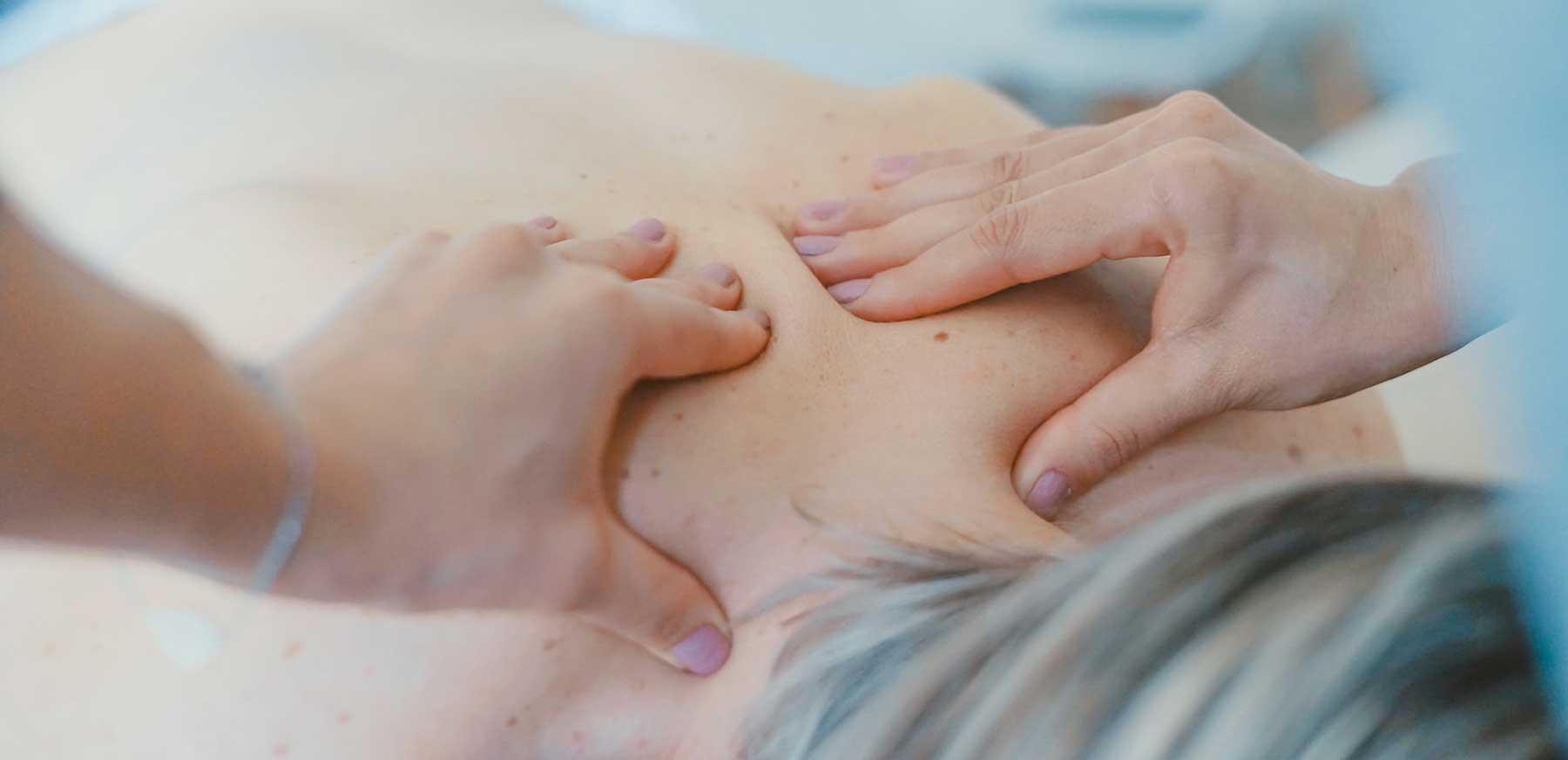
WEIGHT: 61 kg
Breast: C
1 HOUR:60$
NIGHT: +30$
Sex services: Soft domination, Massage erotic, Massage Thai, Humiliation (giving), Disabled Clients
Following injury or surgery it is important to utilize a functional movement screen to determine readiness to return to sport and decrease risk of injury. Isokinetic strength testing. Functional strength testing. Power and speed testing. Flexibility testing. Video analysis of neuromuscular control and movement quality.
This is accomplished in three phases:. Athletes learn the basic neuromuscular skill with limited neurocognitive challenge cognitive phase. The neurocognitive challenge is increased as athletes demonstrate more consistent neuromuscular control associative phase. As athletes demonstrate automatic neuromuscular control i. The goal of incorporating neurocognitive challenges into rehabilitation programs is to limit athletes from utilizing cognitive processing to compensate for inadequate neuromuscular control of dynamic movements, thereby decreasing risk of injury.

Blood Flow Restriction Training. Blood Flow Restriction BFR training utilizes a strap or pneumatic cuff to partially restrict arterial blood inflow, while occluding venous outflow until the cuff pressure is released.
A variety of physiological mechanisms are thought to cause the increased muscular size and strength seen with BFR training, although the exact mechanisms remain unknown.

The general consensus suggests muscular changes occur through the indirect effect of metabolite accumulation and the hypoxic environment which causes greater muscle activation, fatigue, and anabolic signaling when compared to the same intensity of exercise done without BFR. What conditions can be helped with BFR? Joint replacement surgery. Lateral epicondylitis. Achilles tendinopathy. Hamstring and other muscle strains.



































